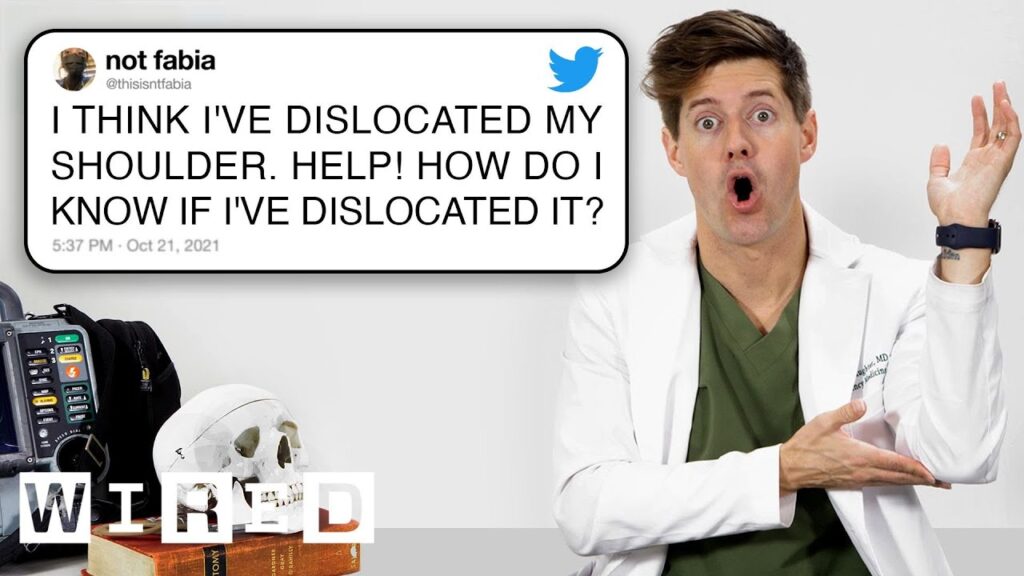Tricking the Brain: Exploring Visual Illusions
Summary
This article delves into the fascinating world of visual illusions, and how they can trick our brains into perceiving things that aren’t actually there. Through experiments and expert explanations, we explore how our brains process visual information and what this tells us about our perception of the world around us.
Table of Contents
- Introduction
- How does the brain interpret visual signals?
- What is the stroboscopic effect, and how does it create the levitating water illusion?
- What is the wagon wheel illusion?
- Can our brains reinterpret motion?
- Conclusion
Introduction
Have you ever seen something that isn’t there, or experienced an optical illusion that doesn’t seem to make sense? Visual illusions can be found everywhere, from everyday life to artistic works. In this article, we’re going to explore the world of visual illusions and how they fool our brains into perceiving things that aren’t actually there.
How does the brain interpret visual signals?
Our brains are incredible organs that can process enormous amounts of information instantaneously. When we see something, our brains interpret visual signals from our eyes in a unique way, creating the perception of motion, depth, and color. However, sometimes these signals can be manipulated, creating the illusion of something that isn’t really there.
An example of this is the levitating water illusion, created by shining a strobe light on a drop of water. The light illuminates the droplet multiple times per second, creating the illusion that the water is floating in mid-air. This effect is known as stroboscopic motion, and it can be recreated with other objects besides water, such as a fan, a tennis ball, or even a car.
What is the stroboscopic effect, and how does it create the levitating water illusion?
The stroboscopic effect occurs when a series of still images are presented quickly in succession, creating the perception of motion. When a strobe light is shone on a drop of water, it illuminates the droplet multiple times per second, creating the illusion that the water is floating in mid-air. This effect is created because our brains are interpreting the multiple images as a single object, rather than individual images.
What is the wagon wheel illusion?
The wagon wheel illusion is another example of how our brains can be fooled by visual signals. This effect is observed when a wagon wheel is filmed at a certain frame rate, creating the illusion that the spokes are spinning backwards. This is created because the motion of the wheel is not perfectly in tune with the frame rate of the camera, creating a visual discontinuity.
Can our brains reinterpret motion?
Our brains are constantly processing visual information, and sometimes this can create the illusion of motion where there is none. For example, if we see a stationary object illuminated and then the light source disappears, only to reappear in the same spot or close by, our brains may interpret this as the object moving in the opposite direction.
An experiment you can try at home is to focus on a white dot while black circles whip past. This creates the illusion that the white dot is moving, even though it’s not. Our brains don’t process visual information in discrete frames like a camera; rather, our brains put together a story of what’s going on based on the signals it sees.
Conclusion
Visual illusions can be seen in many everyday situations, from the way light hits objects to the way images are presented to us on a screen. By exploring these illusions, we can gain insight into the fascinating way our brains interpret and create the world around us. Whether you’re a scientist, artist, or simply curious, there’s something to be discovered in the world of visual illusions.







